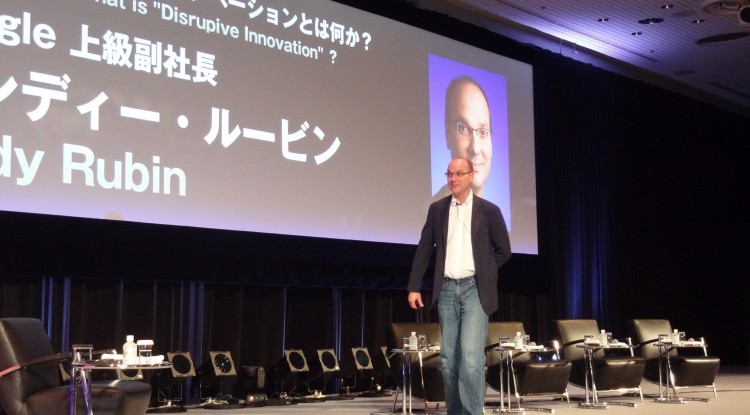Here's something you probably weren't aware of: Android was originally designed for digital cameras, not smartphones. The early vision was to create smart cameras with third party apps that would improve the connection between digital cameras and computers and store photos online in the cloud.
Former Android chief Andy Rubin revealed as much during a recent speech at the New Economy Summit in Tokyo. He said the growth in digital cameras was slowing down in mid-2004 as the technology became more mainstream. The market simply wasn't big enough which prompted him and his team to shift gears towards an open-source handset solution.

Interestingly enough, Rubin noted he was worried about Microsoft and about Symbian at the time. Apple wasn't even on the radar yet as their first iPhone didn't launch until 2007.
Rubin said the exact same platform and the exact same operating system that was built for cameras became Android for mobile phones. Keep in mind of course that all of this was before Google snapped up the startup in August 2005.
An ambitious goal by the team was to capture nine percent market share in North America and Europe by 2010. For comparison, Android held a 72 percent share last year with more than 750 million Android devices online globally as of last month.
The dream of a connected camera wouldn't go unfulfilled, however, as Nokia, Polaroid and Samsung have all released Android-powered digital cameras in recent memory.